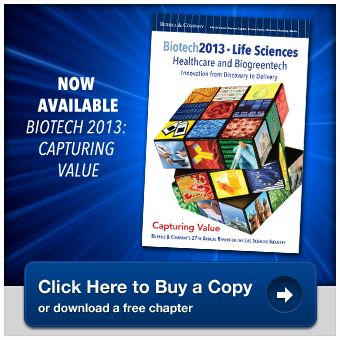The U.S. Food and Drug Administration has issued final guidance for developers of mobile health apps, making clear which apps the agency will regulate and which it will not.
The agency will only regulate apps that perform the same functions as traditional medical devices, a subset of apps it call “mobile medical apps,” while overlooking others that it has regulated in the past, such as medication adherence reminder apps. The agency says it will not regulate smartphone makers or wireless carriers, something it potentially could have sought to do under the law.
“We have focused our priorities and taken a big deregulatory action—the biggest we have taken in over a decade,” says Jeffrey Shuren, director of the FDA’s Center for Devices and Radiological Health.
The guidance offers long-awaited clarity to mobile app developers, who see the matter as critical to their abilities to attract investment. It also delivers examples of apps the agency will and won’t regulate, along with a dedicated FDA team to answer questions when developers are unsure.
“Our regulation of software as a medical device is based on risk and functionality,” says Shuren. “A foundational principle is that functionality should be treated the same regardless of the platform on which it is used.”
An ECG is an ECG, says Shuren, regardless of whether it is the size of a bread box or the size of a smartphone, because no matter the size, the risks it poses should it malfunction are essentially the same. An app transforming a smartphone into a mobile ultrasound device, a hearing test machine, or a sleep monitor for the diagnosis of specific diseases or conditions such as sleep apnea, also would be regulated.
Other apps that meet the agency’s definition of a medical device but pose minimal risk to consumers will go unregulated under the FDA’s power to exercise “enforcement discretion,” it says. Developers of apps that, for example, help users self-manage their disease or conditions without providing specific treatment or treatment suggestions or that provide patients with simple tools to organize and track their health information will not be required to register their companies or apps with the agency.
Apps providing copies of medical textbooks or facilitating patient access to commonly used reference information, for example, will not be regulated at all.
“This is an area where the regulatory agency has an extraordinary amount of discretion because the statute is extraordinarily broad,” says Jon Potter, president of the Application Developers Alliance, an association representing more that 135 app developers, including digital health companies like Humetrix and Happtique. Potter says the guidance appears to be reasonable, but that developers will be closely watching FDA’s enforcement activity to see if it aligns with the narrow tailoring indicated by the guidance.
As many as 500 million smartphone users worldwide will be using a healthcare application by 2015, according to research2guidance. By 2018, half of the more than 3.4 billion smartphone and tablet users will have downloaded mobile health applications.
Knowing which of those apps will not be FDA-regulated is just as important as knowing those that will be, says Chuck Parker, executive director of the Continua Health Alliance. Before the guidance was finalized, it was unknown how aggressive the agency would be in regulating medical reference, health tracking, and other wellness apps. With the new guidance, he says, developers now have a strong opportunity to develop a host of innovative apps within the categories the FDA defined without the worry that the FDA will regulate them.
Driven in large part by stakeholders such as Continua, the FDA released an updated list of “plug and play” interoperability standards for medical devices in August. As that and other aspects of the government’s health IT strategy coalesced, pressure mounted on FDA to publish the final mobile medical apps guidelines. By releasing them now, the agency opens up an avenue by which to directly engage with stakeholders. “This is a great first step for mobile medical apps,” he says.
September 23, 2013
http://www.burrillreport.com/article-fda_finalizes_mobile_medical_apps_guidance.html





.gif)